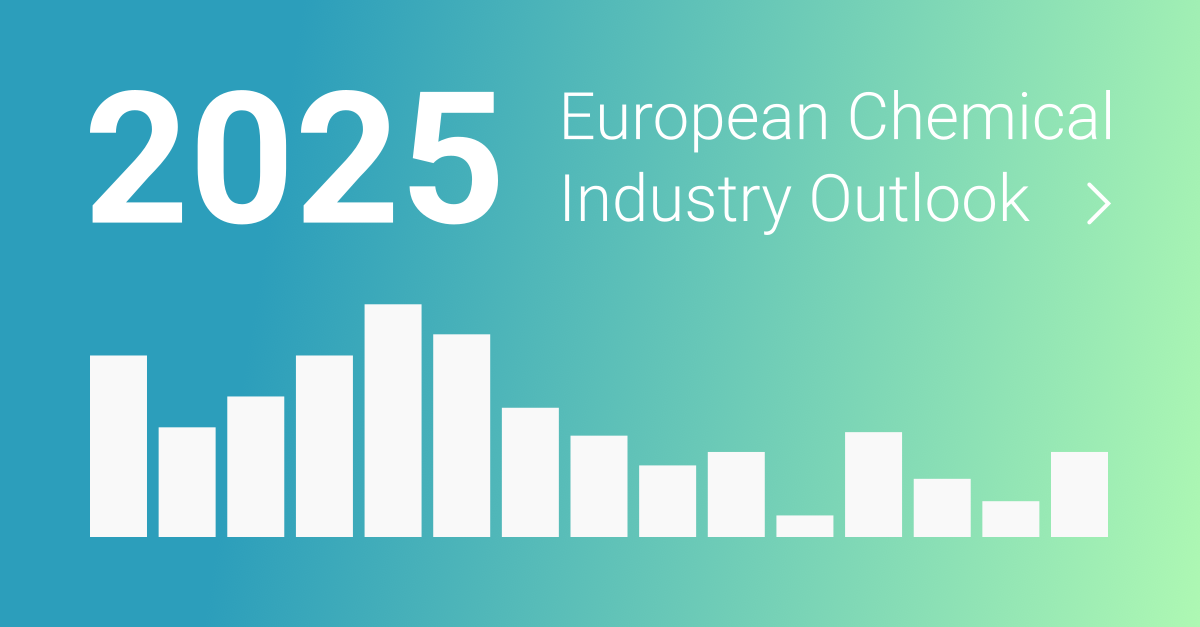- The €22 million plant will reduce the Danube Refinery's CO2 emissions by 25,000 tonnes annually.
- The plant will produce 1,600 tonnes of green hydrogen per year starting in the second half of 2024.
- Plug Power's electrolysis unit uses renewable electricity to generate hydrogen and oxygen.
- The technology will replace natural gas-based production, which accounts for one sixth of MOL Group's CO2 emissions.

Investment and Capacity
MOL Group has inaugurated a €22 million green hydrogen plant in Százhalombatta, Hungary. This facility, the largest of its kind in Central and Eastern Europe, features a 10 megawatt electrolysis unit created by Plug Power. The plant is set to produce 1,600 tonnes of clean, carbon-neutral green hydrogen annually, starting in the second half of 2024.
Environmental Impact
The new plant will significantly reduce the carbon footprint of the Danube Refinery by more than 25,000 tonnes of CO2 per year. This reduction is equivalent to removing approximately 5,500 cars from the road. The technology will gradually replace the current natural gas-based production process, which accounts for one sixth of MOL Group's total CO2 emissions.
Technology and Production
Plug Power's electrolysis equipment uses electricity from renewable sources to break down water into hydrogen and oxygen, producing no polluting by-products. For every tonne of hydrogen produced, the plant generates 8-9 tonnes of pure oxygen. This innovative technology is backed by nearly 50 years of operational experience in hydrogen generation.
Future Plans
MOL Group plans to extend this green hydrogen technology to its other two fuel production units, aiming to make the entire fuel production process more sustainable. The investment aligns with MOL Group's SHAPE TOMORROW corporate strategy, which focuses on making the region more sustainable, competitive, and self-sufficient.
